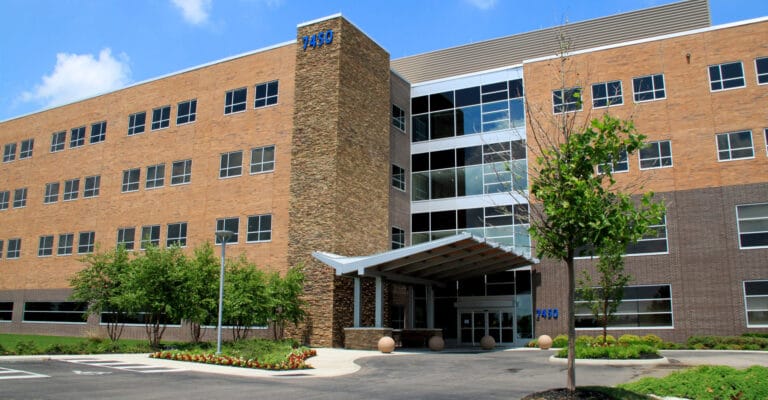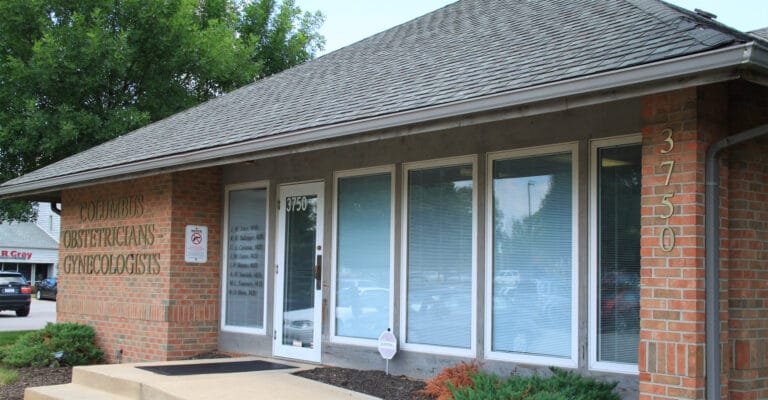During the first few days of their periods, most women experience mild to moderate menstrual cramps. However, some women experience severe, debilitating pain during their periods. This condition of severely painful monthly periods is called dysmenorrhea. Women who have this condition oftentimes have many questions about their condition. This page can help answer frequently asked questions about dysmenorrhea and how to manage the symptoms.
WHAT CAUSES MENSTRUATION AND DYSMENORRHEA?
Your menstrual cycle is a completely natural part of being a woman. In fact, it’s really important to your overall health. Dysmenorrhea, or severe menstrual cramps, often makes you feel weak and even achy and moody. Most of the time, prostaglandins, which are natural hormones in your body that cause the uterus to contract during menstruation, are the things that are causing this to occur. High levels of prostaglandins can cause severe cramping. In some cases, underlying conditions like endometriosis or fibroids can cause dysmenorrhea, and treating those conditions with specialized care is important.
From prescription medications like uterine relaxants and birth control pills to surgical options like laparoscopic removal of endometriosis tissue and fibroids, we’ll work with you to find a solution that addresses your needs and gets you back to your life. We’re committed to empowering you with knowledge and treatment options so you can feel in control of your body and your health.
WHAT IS DYSMENORRHEA?
Women who experience severe, debilitating pain during their periods are said to have dysmenorrhea, which is the condition of intense cramping pain when menstruating. There are two types of dysmenorrhea:
- Primary Dysmenorrhea: Primary dysmenorrhea is caused by the natural hormone prostaglandin causing your uterine muscles to contract during menses, therefore resulting in cramping pain. Although sometimes very painful, primary dysmenorrhea is not life-threatening or the symptom of a greater illness.
- Secondary Dysmenorrhea: Secondary dysmenorrhea is oftentimes caused by not only prostaglandins and uterine cramping but also because of another illness. Sometimes, the pain may be very mild for the rest of the month but increases greatly during menstruation. There are several conditions that can cause intense pain while menstruating:
- Fibroids- muscle growths or tumors that grow inside or outside the uterine wall. They are not cancerous but they can create a severe amount of pain.
- Endometriosis- a condition in which the endometrial lining tissue begins to grow outside the uterus as on the ovaries, bowels, bladder, or fallopian tubes. Even though this new tissue is not in the uterus, it still reacts to the hormone changes of the menstrual cycle and begins to break down and bleed just like the normal tissue inside the uterus. Endometriosis may cause very severe pain before, during, and after your period.
WHAT ARE THE SYMPTOMS OF DYSMENORRHEA?
- Severe cramps
- Pain in the abdomen or lower back
- Nausea
- Vomiting
- Dizziness
- Headache
- Pulling feeling in the inner thighs
HOW CAN I BE DIAGNOSED WITH DYSMENORRHEA?
If you suspect that you may have dysmenorrhea, schedule an appointment with your doctor. There, he or she will ask you questions about your medical history, symptoms, and the nature of your pain. Then your doctor will perform a pelvic exam. Based on the results of your pelvic exam, your doctor may what to order more tests.
If your doctor suspects secondary dysmenorrhea, he or she may perform a pap test, an ultrasound exam, or certain lab tests, to determine the secondary cause of your dysmenorrhea. If this is still inconclusive, he or she may recommend a laparoscopy. This is an outpatient procedure during which the doctor makes an incision near your navel and inserts a thin, telescope-like device into your abdomen to look for other causes of dysmenorrhea like endometriosis or fibroids.
HOW CAN I BE TREATED FOR DYSMENORRHEA?
If you have primary dysmenorrhea, your doctor may prescribe certain medications to manage the pain. He or she may also suggest certain exercises or positions to use when you are menstruating to make the process less painful. There are certain medications that are used to relax the uterus, which will lessen the pain. Also, birth control pills are very helpful in relieving menstrual cramps and pain.
If you have secondary dysmenorrhea, you may need certain other treatments or sometimes surgery. Your doctor may perform surgery to remove endometriosis tissue or fibroids.
IN CONCLUSION
Menstrual pain is very common among women. However, extreme cramps and pelvic pain can often be debilitating and may need treatment. If you experience symptoms of dysmenorrhea, make sure to talk to your doctor about what can be done.














